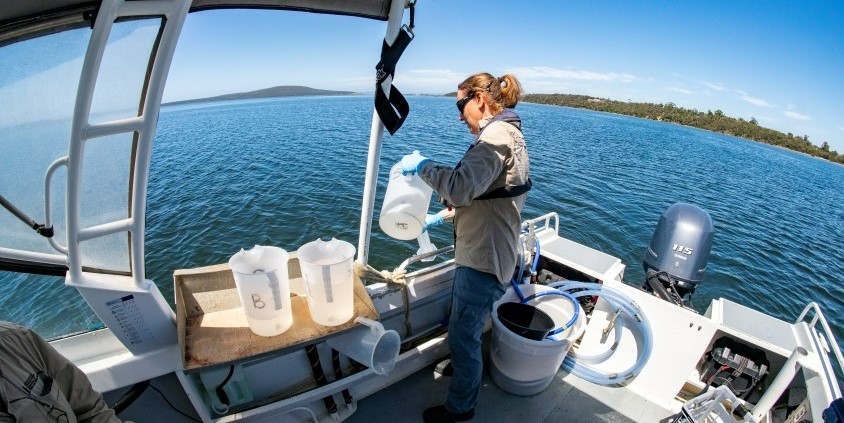Sensitive water resources
Sensitive water resources are areas that have water uses that are sensitive to pollution. Activities that may impact water quality must be carefully managed in these areas.
They include:
- public drinking water source areas
- private water supplies
- Country Areas Water Supply Act clearing control catchments
- high value water-dependent ecosystems, including most natural waterways and their estuaries, many wetlands and groundwater ecosystems.
Refer to Water quality protection note 4 for more detail about sensitive water resources.
Monitoring to understand water quality
To be able to protect and improve water quality we must first understand the factors that influence water quality and how they interact. For instance, understanding the causes, types and effects of salinity enables us to manage its effects.
We undertake surface water and groundwater investigations to assess the water quantity and quality of surface and groundwater resources across Western Australia. This gives us the information to support our water management and environmental regulation activities, including water allocation and land use planning.
Water quality is also monitored through our Healthy Rivers program and our estuary water quality improvement programs (see below). These programs use water quality as a key indicator of overall waterway health and routinely monitor the following parameters:
- dissolved oxygen
- water clarity/turbidity
- salinity
- algal concentrations
- nutrient concentrations
We encourage and facilitate research programs and technical studies that improve our understanding of factors and activities that affect water quality and the ecological and biological responses to such changes.
Managing and improving water quality
Water quality improvement requires a coordinated, catchment-wide approach between landowners, land managers, natural resource management (NRM) and catchment groups, researchers, industry groups, local governments and state government agencies.
We work to achieve better understanding across government, industries and communities about why water quality is important and what actions need to be taken to maintain the values of aquatic environments and water resources.
Priority estuaries for improving water quality are targeted through specific programs and partnerships including:
- Healthy Estuaries WA
- Bindjareb Djilba (Peel-Harvey estuary) Protection Plan
- Revitalising Geographe Waterways
Through these partnership programs we also undertake research to develop new solutions to improve water quality, such as soil amendments to keep nutrients out of waterways and artificial oxygenation.
Experience in Western Australia has shown that preventing harm to water quality costs significantly less than restoring degraded water resources, so water quality considerations are embedded in our everyday business.
Our core activities for managing water quality are:
- regulating land uses and activities according to water and environmental legislation (for example, through environmental impact assessment, controls on emissions and discharges, licensing water use, native vegetation clearing and works on watercourses)
- developing and contributing to national and state policies, guidelines, management plans and strategies for water quality
- using our expertise to advise other government agencies and authorities when they make decisions under legislation for land planning, mining, agriculture, transport and biodiversity conservation
- undertaking water source protection, water allocation and supply planning
- protecting water resources from salinity
- managing the legacy impacts of contaminated sites
- providing technical expertise, building capacity, and implementing on-ground water improvement projects with relevant partners and the community.
Guidance about managing the risks to sensitive water resources from a wide range of land uses and activities can be found in the water quality protection notes (WQPNs) and guidelines in the Drinking water document collection.
Water quality is integrated into the water and land use planning advice we provide. For specific information about managing water quality in urban land planning and development see:



